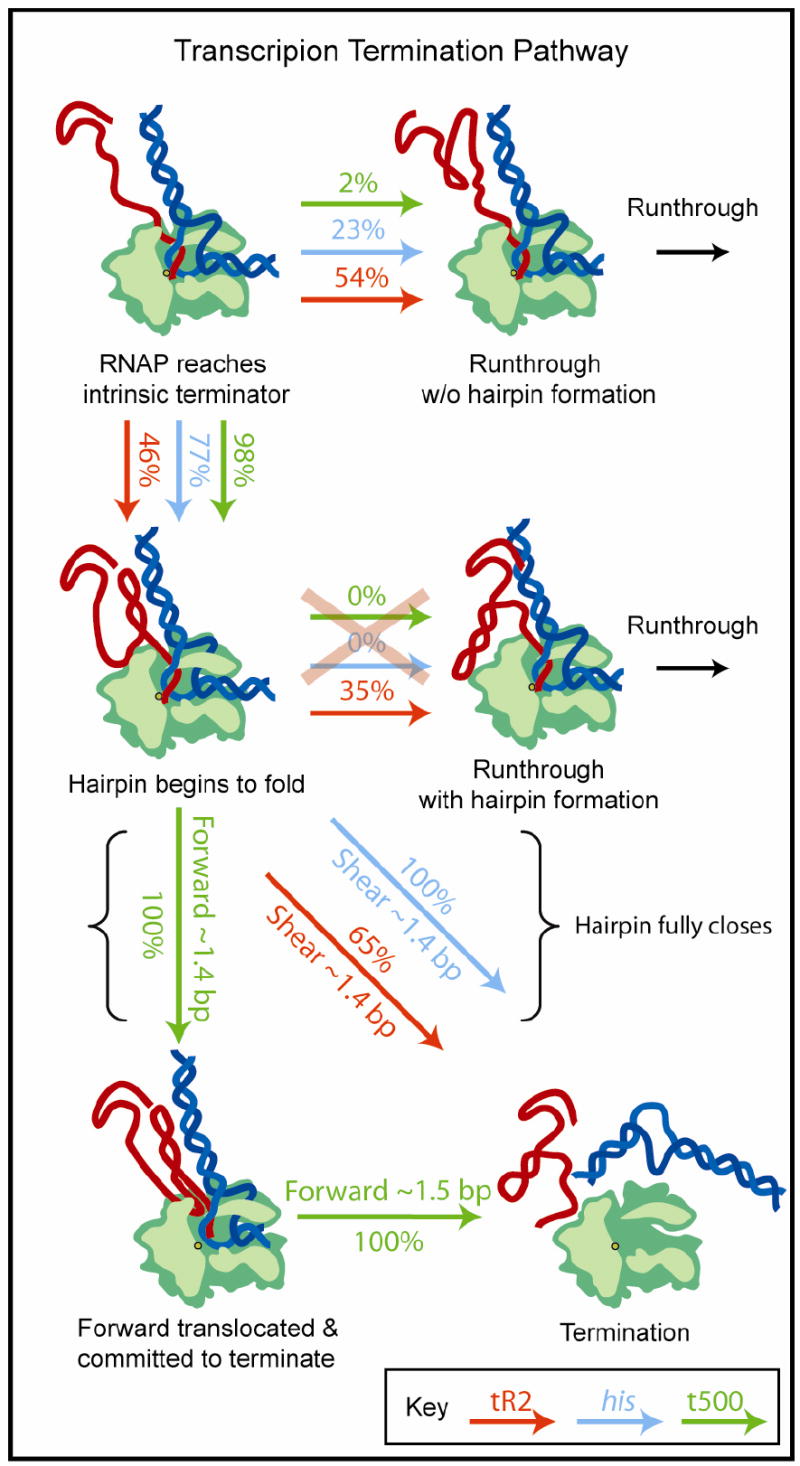Figure 6. Model of the Termination Pathway.

The pathways to termination or transcriptional run-through for the his, t500, and tR2 terminators. Upon reaching an intrinsic terminator, a fraction of terminators hairpins fail to fold due to kinetic competition with upstream secondary structure, resulting in run-through. For the fraction that fold, the subsequent decision to terminate is set by a competition between the energy barriers for termination and elongation (Figure 4D). The his and t500 terminators are energetically biased to terminate with high probability once the hairpin folds, whereas the tR2 terminator terminates only ~65% of the time. Once the decision to terminate is made, the his and tR2 terminators terminate without forward translocation, likely by a shearing motion of the RNA:DNA hybrid through ~1.4 bp. At the t500 terminator, RNAP first forward translocates by ~1.4 bp along DNA to reach a state that is committed to termination (the 3’ end of the transcript has been removed from the RNAP active-site, blocking further elongation). The existence of this committed intermediate leads to a terminal dwell prior to termination. A second translocation step of ~1.5 bp is required for complete complex dissociation.
